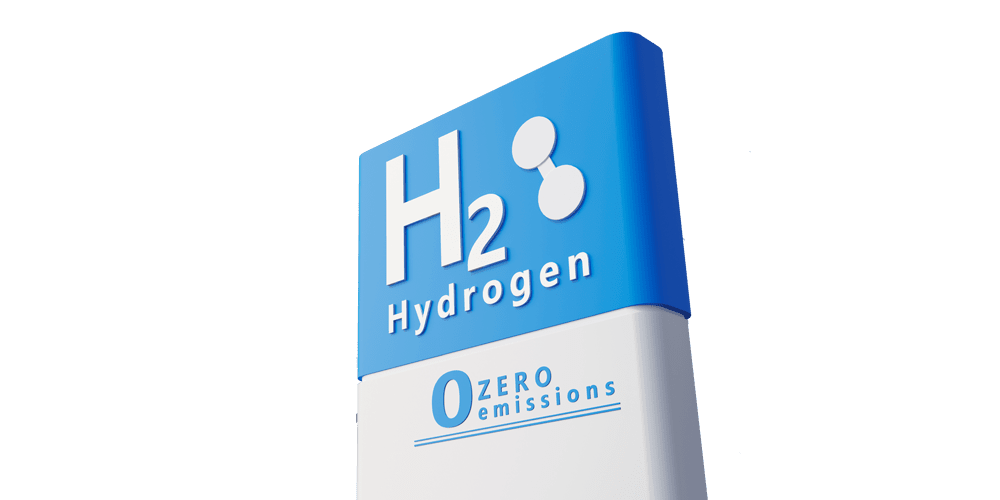
February 2, 2023
A fuel cell generates electricity through the following steps:
- Fuel (usually hydrogen) and oxidant (usually oxygen) are supplied to the anode and cathode, respectively, of the fuel cell.
- At the anode, hydrogen molecules are split into electrons and protons.
- Electrons are forced to flow through an external circuit, generating an electric current.
- Protons flow through a membrane (usually proton exchange membrane) to the cathode.
- At the cathode, oxygen reacts with electrons from the external circuit and protons from the anode to form water.
- The energy released in the reaction between hydrogen and oxygen is used to generate electricity.
This reaction continues as long as fuel and oxidant are supplied to the cell, producing a continuous flow of electricity.
The membrane used in a fuel cell is typically made of a proton exchange membrane (PEM) material, which allows protons to pass through while preventing electrons from crossing. Some common PEM materials include:
- Nafion (a perfluorosulfonic acid polymer)
- Polybenzimidazole (PBI)
- Polyphenylenesulfide (PPS)
The choice of material depends on factors such as durability, chemical stability, and conductivity. The membrane must be highly conductive to protons, chemically stable, and able to withstand the operating conditions of the fuel cell (temperature, humidity, and fuel purity).
A typical proton exchange membrane (PEM) used in a fuel cell has several layers, each serving a specific purpose to separate the protons and maintain the function of the cell:
- Catalyst layer: A thin layer of catalyst (usually platinum) is applied to both sides of the membrane to promote the chemical reaction between hydrogen and oxygen.
- Membrane layer: The core of the PEM is the ion-conducting membrane, which allows the protons to pass through while preventing electrons from crossing. This layer is typically made of a material like Nafion, PBI, or PPS.
- Gas diffusion layer (GDL): This layer is on the sides of the membrane and allows the reactant gases (hydrogen and oxygen) to diffuse through and reach the catalyst layer. The GDL also helps to distribute the gases evenly across the surface of the membrane.
- Bipolar plate: This is the layer in contact with the reactant gases and provides mechanical support for the cell. The bipolar plate also conducts electrons from one cell to another, connecting the cells in a fuel cell stack.
Together, these layers create a structure that allows the proton exchange process to occur efficiently and effectively, generating electricity from the chemical reaction between hydrogen and oxygen.
Catalyst layer: A thin layer of catalyst (usually platinum) is applied to both sides of the membrane to promote the chemical reaction between hydrogen and oxygen.
“
Discover our measurement solutions for the FUEL CELL manufacturing process.
Related Articles
Solutions for Battery
Battery production is a complex process that involves a variety of steps, from electrode coating and calendaring to slitting and assembly.
Battery Solution Measurement on Production Line
Learn how battery solution measurement on production line can ensure the quality and performance of your energy storage solutions.
Battery Solution Manufacturing – Powering the World with Reliable Energy Storage
Discover the benefits of battery solution manufacturing for your production line. How battery solutions are transforming battery production.

